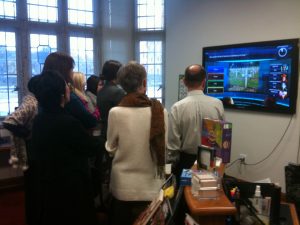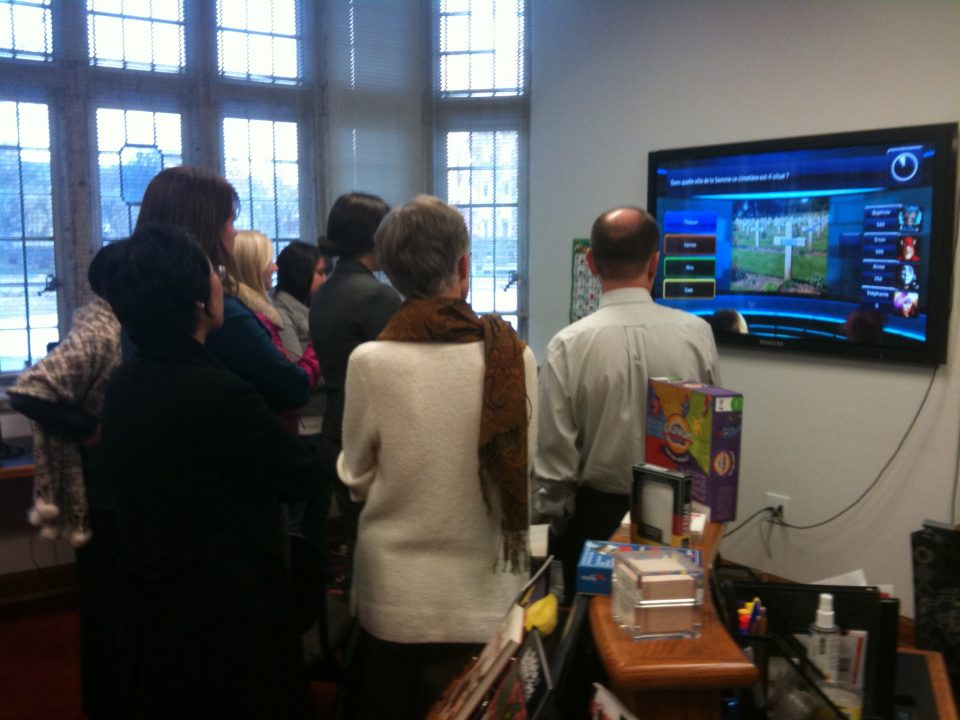I haven’t written here for a while (I focused on my own blog), so it’s about time…
Everyone one who has played a computer game knows a few basic things: they are fun, sometimes to the point of addiction: “Just one more round, then I’ll stop!” Great games lead to a state of flow, when we are in the zone, when we are lost in the game. When we play, we technically work: we repeatedly click the mouse button, we play the same sequence over and over again to succeed, we practice, we learn and look up information to find clues or hints.
Many researchers are trying to figure out how to appropriate this powerful intrinsic motivation for learning purpose. Judging from recent publication, recent interest is growing. At the recent Calico/IALLT conference the number of presentations on gaming has increased, and I had some great conversations with fellow gaming researchers. One thing is clear: we’re still at the beginning, but things are moving in the right direction.
The vast majority of games are unsuitable for educational purposes in general and for language learning and teaching in particular. Many games involve only minimal use of language, and others contain inappropriate content. Indeed, many games are mindless or violent, and their reputation casts a shadow on the whole medium. Also, games that are culturally relevant for the target language are rare.
